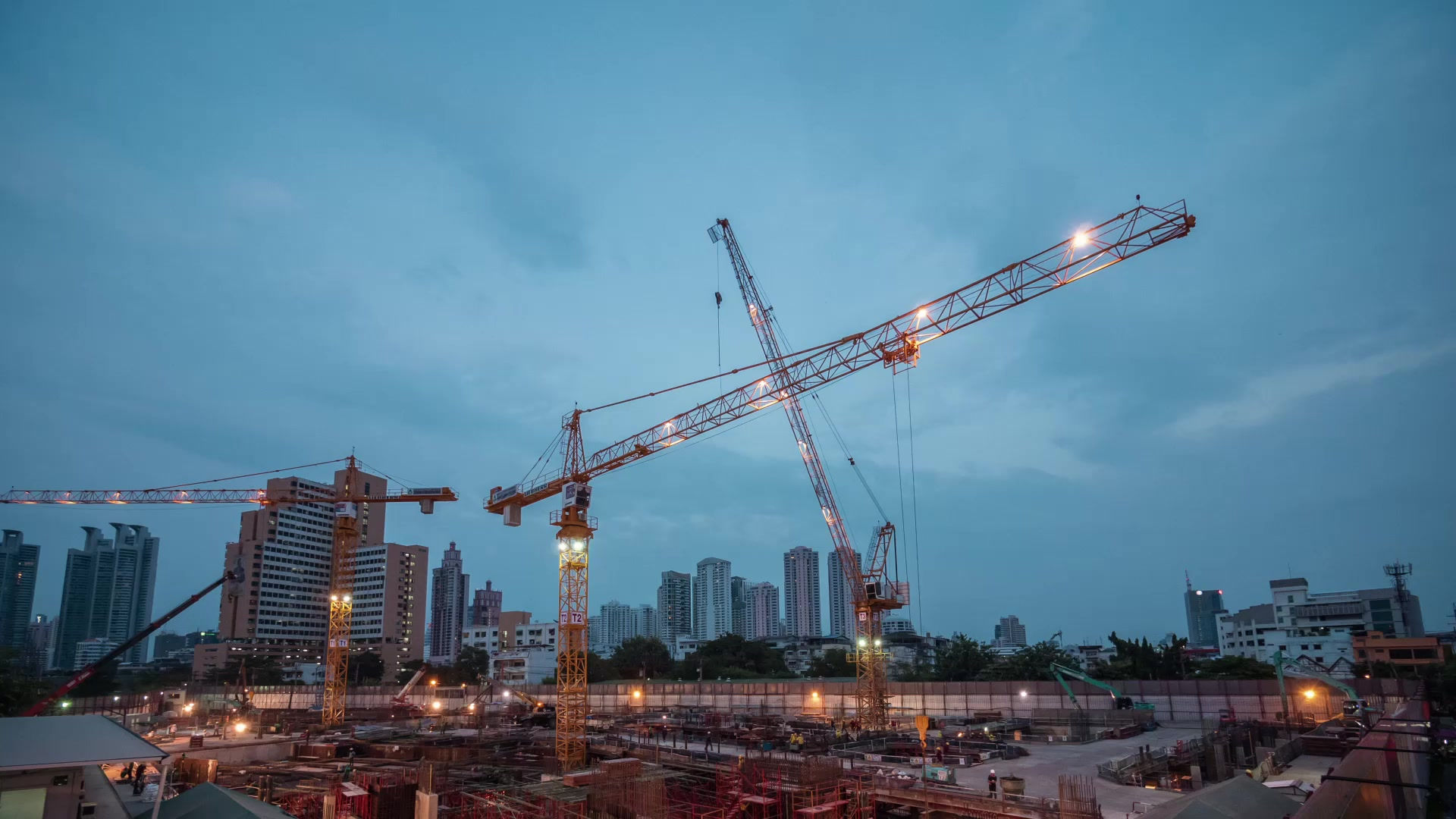Why chose steel stairs with precast concrete treads?
- Terry Powers
- Mar 3, 2024
- 2 min read
1. Strength and Durability
Enhanced Durability and Load-Bearing Capacity: Steel provides the structural strength and flexibility, while precast concrete treads offer robust and durable surfaces that can handle heavy foot traffic. This combination is ideal for commercial and industrial settings where durability is crucial.
Longevity: The steel framework ensures a strong foundation that resists deformation over time, and the concrete treads provide a wear-resistant surface, extending the overall lifespan of the stair system.
2. Speed of Construction and Efficiency
Quick Installation: Steel stair frames can be prefabricated and quickly assembled on site, and precast concrete treads can be easily attached, significantly reducing construction time and labor costs compared to pouring concrete on site.
Reduced Construction Delays: Since both components can be manufactured off-site under controlled conditions, the project is less susceptible to weather-related delays, ensuring a more predictable construction schedule.
3. Aesthetic Versatility
Customizable Finishes: Steel frames can be painted, powder-coated, or finished in other ways to match or contrast with the treads, offering extensive design flexibility.
Modern Design Appeal: The combination of steel and concrete can fit a wide range of architectural styles, from industrial to contemporary, providing an aesthetically pleasing solution that can enhance the visual appeal of a building.
4. Safety and Compliance
Improved Safety Features: Precast concrete treads are designed with non-slip surfaces to enhance safety for users. The steel structure can be engineered to meet or exceed all relevant building codes and standards for structural integrity and fire resistance.
Fire Resistance: While steel provides a high degree of fire resistance, the addition of concrete treads adds an extra layer of protection, as concrete is non-combustible and can help to slow the spread of fire.
5. Environmental Considerations
Sustainability: Steel is recyclable, and using precast concrete can minimize waste on site, making the combination more environmentally friendly than some alternatives. The durability and longevity of the system also contribute to its sustainability by reducing the need for replacement or extensive maintenance.
6. Cost-Effectiveness
Lifecycle Cost Benefits: The initial investment in steel stairs with precast concrete treads might be higher than some alternatives, but the durability, low maintenance requirements, and energy efficiency can result in lower total lifecycle costs.
Maintenance and Repair: This combination is relatively low maintenance. Concrete treads are resistant to wear and do not require frequent replacement or repair. The steel structure, especially when protected against corrosion, requires minimal upkeep, contributing to cost savings over time.
In summary, using steel stairs with precast concrete treads in a new construction project offers a balanced solution that combines structural integrity, aesthetic flexibility, safety, and sustainability. This choice is particularly well-suited to projects where durability, design versatility, and construction efficiency are key considerations.





Comments